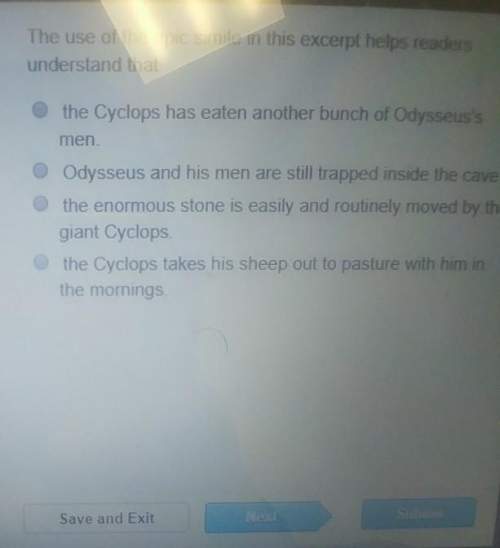
Strict constructionists interpret constitutional statements strictly. That means they want the words of the constitution to be put into practice with close attention to the original intent of the constitutional protections that were put in place. Since the 14th Amendment calls for "equal protection of the laws" for all citizens in respect to all their rights as citizens, Brown v. Board applied this to education and insisted equal rights could not be abridged or infringed upon in regard to educational facilities in any state of the Union.
Brown v. Board of Education of Topeka, decided by the US Supreme Court in 1954, ruled that all Americans are entitled to the same civil liberties and protections in regard to access to education. Until that decision, it was legal to segregate schools according to race, so that black students could not attend the same schools as white students. An older Supreme Court decision, Plessy v. Ferguson (1896), had said that separate, segregated public facilities were acceptable as long as the facilities offered were equal in quality. In the case of Brown v. Board of Education, that standard was challenged and defeated. Segregation was shown to create inequality, and the Supreme Court unanimously ruled segregation to be unconstitutional.
The 14th Amendment was being violated by states whose laws supported the segregation of schools. The full context of Section 1 of the 14th Amendment reads as follows:
All persons born or naturalized in the United States and subject to the jurisdiction thereof, are citizens of the United States and of the State wherein they reside. No State shall make or enforce any law which shall abridge the privileges or immunities of citizens of the United States; nor shall any State deprive any person of life, liberty, or property, without due process of law; nor deny to any person within its jurisdiction the equal protection of the laws.

Answers: 3
Another question on History

History, 21.06.2019 17:40
What did sargon's empire have in common with other mesopotamian city-states? a. it extended over a greater territory than anyone had ever conquered before. b. it fought with surrounding city-states. c. it covered an area from the mediterranean sea to the persian gulf. d. it had a professional army.
Answers: 2

History, 22.06.2019 00:30
What are the media and the press sometimes referred to as? a.the fourth estateb.the sixth branchc.the mouthpiece of the governmentd. the first estate
Answers: 1

History, 22.06.2019 00:50
How many battles were confederate victories? (specifically: major battles)
Answers: 1

You know the right answer?
Strict constructionists interpret constitutional statements strictly. That means they want the words...
Questions

Mathematics, 27.11.2020 15:10


Mathematics, 27.11.2020 15:10

Chemistry, 27.11.2020 15:10



Mathematics, 27.11.2020 15:10

Mathematics, 27.11.2020 15:10

Business, 27.11.2020 15:10

English, 27.11.2020 15:10

Physics, 27.11.2020 15:10

Chemistry, 27.11.2020 15:10

Health, 27.11.2020 15:10

Mathematics, 27.11.2020 15:10


Chemistry, 27.11.2020 15:10

English, 27.11.2020 15:10


Mathematics, 27.11.2020 15:10

Mathematics, 27.11.2020 15:20




